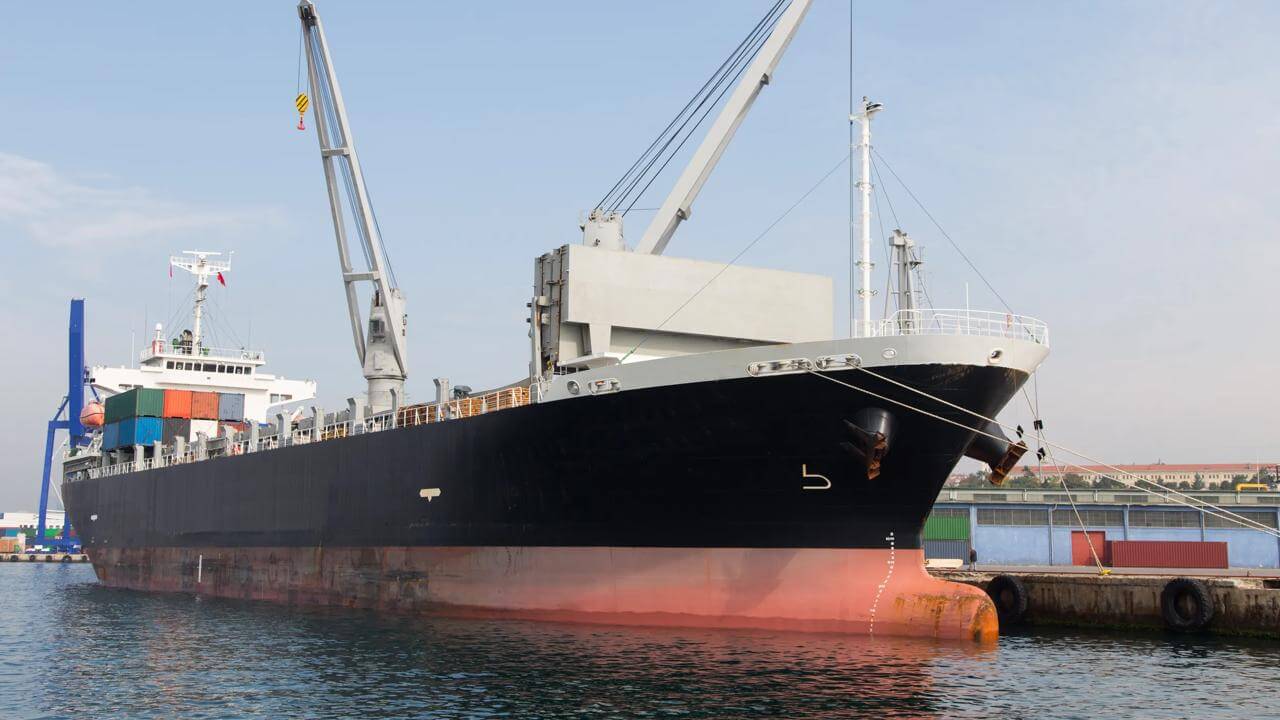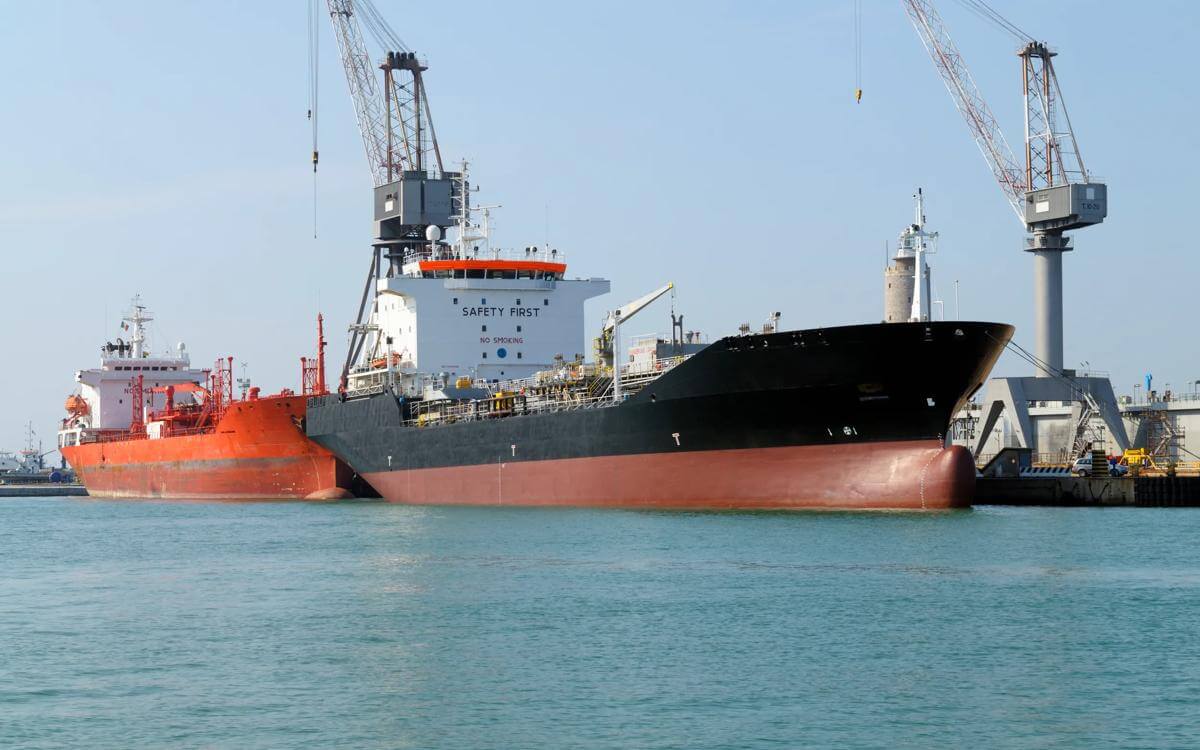The recent New Zealand High Court decision in Pearce v Toka Tū Ake Natural Hazards Commission NZHC 623 addresses a critical question: when does the limitation period begin to run for claims against private insurers providing "top-up" cover for earthquake damage?
One might naturally expect that time starts running from when an insurer declines to pay. However, the position is more nuanced, particularly for "top-up" insurance policies.
The "hold harmless" fiction
In Firma C-Trade SA v Newcastle Protection and Indemnity Association (The Fanti), Lord Goff articulated the principle that an insurer's primary obligation under an indemnity insurance contract is to "hold the indemnified person harmless against a specified loss or expense".
Under this fiction, the limitation period commenced when the insured peril occurred - not when the loss manifested, when the insured incurred repair costs, when the insured made its claim, nor when the insurer declined the claim.
New Zealand's rejection
New Zealand courts have consistently rejected this approach. In New Zealand Insurance Co Ltd v Harris, the Court of Appeal identified the insured as having an entitlement to claim for damages when "the insurer, in breach of its obligation, fails to pay the amount due at the proper time".
In L v Earthquake Commission, the New Zealand court rejected the "hold harmless" doctrine as a legal fiction, which runs contrary to principle and reality.
The Pearce factual background
John Pearce and Glenda Ryan held a "MAS Goldshield Policy" with Medical Insurance Society Ltd (MIS) for their Christchurch residential property damaged in the Canterbury Earthquakes (September 2010 and February 2011).
The homeowners lodged claims with The Earthquake Commission (EQC) and MIS in early 2011. EQC provides statutory natural disaster insurance cover subject to a statutory cap (then $100,000 plus GST).
In May 2011, MIS stated the damage exceeded the EQC cap. However, in February 2013, MIS informed the homeowners that EQC considered repairs below the statutory cap. In November 2014, EQC provided a settlement advice letter with estimated repair costs of $71,999.40.
MIS subsequently made settlement offers for external works damage in December 2015 and March 2019, with payment received in April 2019. These were specifically for "external works damage" - not dwelling damage said to be within the statutory cap.
In February 2022, MIS stated the limitation period had expired. On 12 April 2022, MIS's solicitors confirmed any claims were time-barred.
On 25 November 2022 - more than 11 years after the earthquakes - EQC finally advised the claim was over the cap, showing repairs costed at $244,159.67 and making payment to bring the total to the statutory cap.
On 2 December 2022, MIS reiterated that claims were time-barred. The homeowners filed their application on 24 November 2023.
The Pearce decision
Osborne J emphasised that the limitation period depends on the insurance contract's terms. MIS's primary obligation was to compensate the homeowners for specified loss or damage that occurs - not to hold the homeowners harmless.
Critically, under the disaster cover clause, MIS undertook "to the extent that the loss or damage exceeds the liability of the EQC under the Act, the Society will pay the difference between that liability and the maximum amount payable under this policy".
MIS's obligation to pay was not triggered until EQC made the full extent of its payment. Until that point, MIS's liability was contingent only. The insurance was "top up" insurance, structured to cover additional loss not covered by the statutory cap.
The Court's comment on United Kingdom authorities
The Court found that the line of authority in the United Kingdom stemming from Fanti does not assist insurers - the parties by their contract agreed the relevant event triggering an obligation to pay would be when EQC made the full extent of its payment.
Despite the "orthodox" description given to those authorities, they do not represent orthodoxy in New Zealand. The insurer will generally breach its obligation when it fails to pay the amount due "at the proper time".
The Court concluded that the primary limitation period begins on the date, following EQC's advice that the claim was over cap (25 November 2022 in this case), that represents the reasonable period for MIS to have assessed the claim and made payment.
What this means for insurers
The Pearce decision establishes that (for New Zealand):
1. Policy wordings
The limitation period depends on the specific terms of the insurance contract, particularly when the obligation to pay is triggered.
2. "Top-up" policies are different
Where policies provide cover only in excess of statutory caps, the insurer's obligation may not arise until the statutory insurer has determined and paid its liability.
3. The Fanti fiction is rejected
New Zealand courts focus on when the insurer's contractual obligation to pay arises, not on the occurrence of the peril itself.
4. Timing can be dramatic
The earthquakes occurred in 2010-2011, but EQC did not advise that the claim was over cap until November 2022 - more than 11 years later. The limitation period did not begin until after that date.
The lesson is clear: do not assume that time runs from the date of damage. For "top-up" policies, the clock starts ticking not when the harm occurs, but when the insurer's obligation to pay crystallises under the contract.
Although a different approach has been taken in United Kingdom authorities, the perverse effects of the current approach and overseas jurisdictions taking an arguably better approach means the "orthodox" approach has the potential to be challenged.
Contents
- Insurance Insights: The Word, October 2025
- Resurfacing risks: The re-emergence of non-compliant child car seats
- AI adoption without safeguards: A growing risk for insurers
- Physical property damage from cyber incidents: Implications for insurers
- Insurance Act 2015 and American Hull Clauses: Lessons from Delos Shipholding v Allianz
- Mazur v Charles Russell Speechlys: Implications for solicitors' professional indemnity insurers
- The meaning of "property damage": Lessons from Insurance Australia v Capral
- Microplastic risk threat worse than previously thought: Implications for insurers
- “New low” for ransomware cybercriminals an opportunity for cyber insurers?

Tim Johnson
Partner
tim.johnson@brownejacobson.com
+44 (0)115 976 6557










































